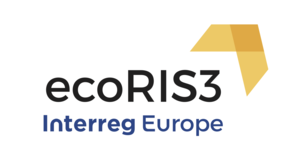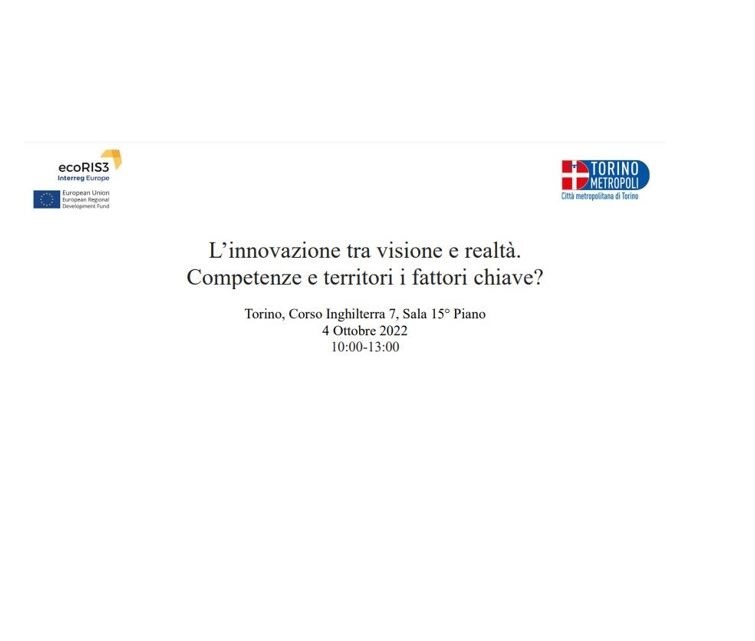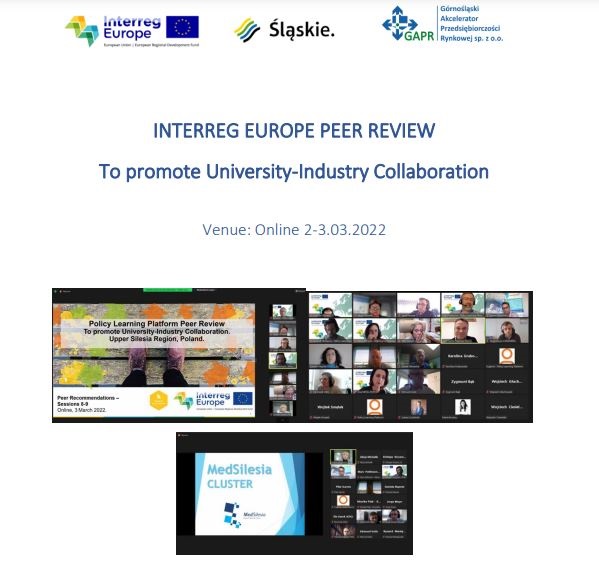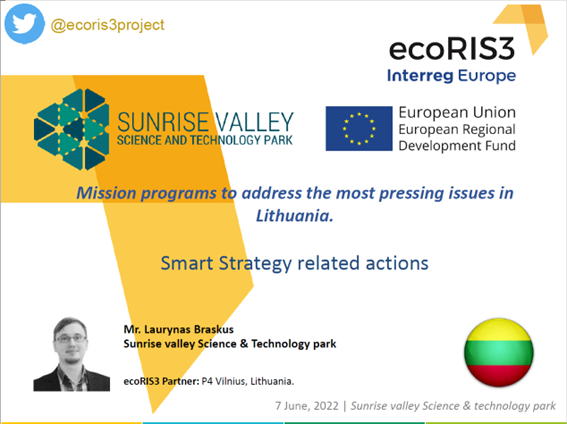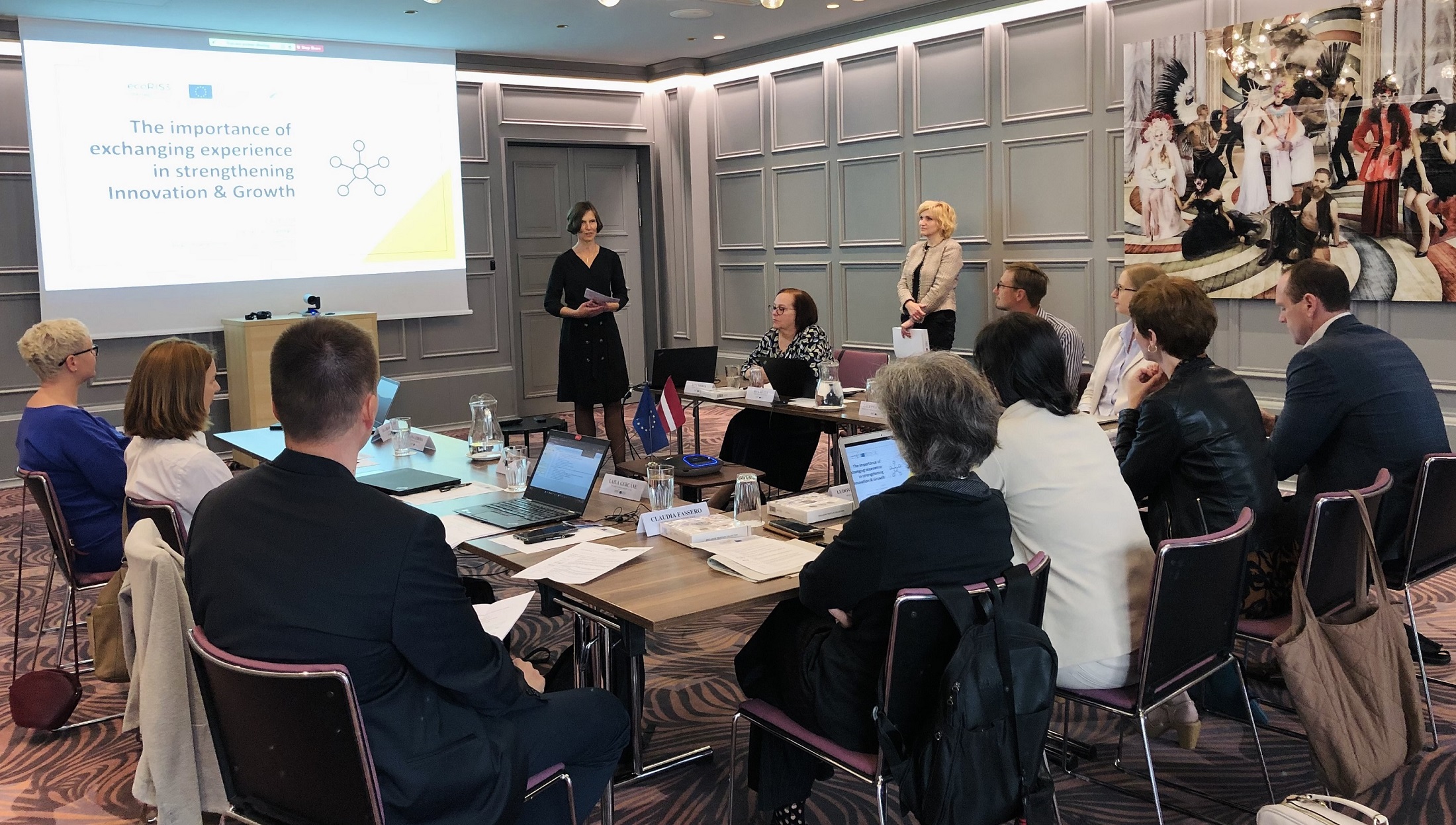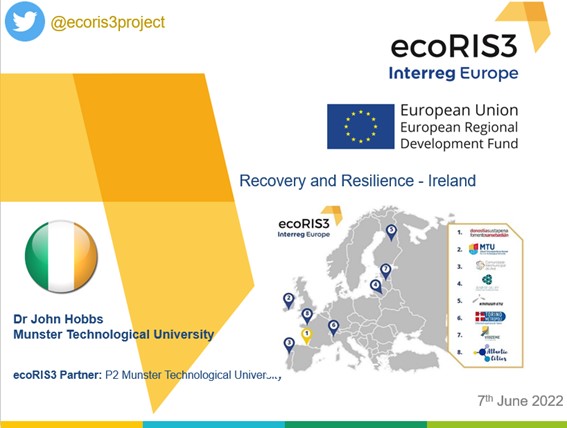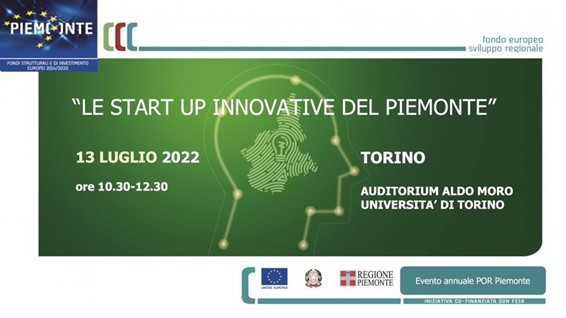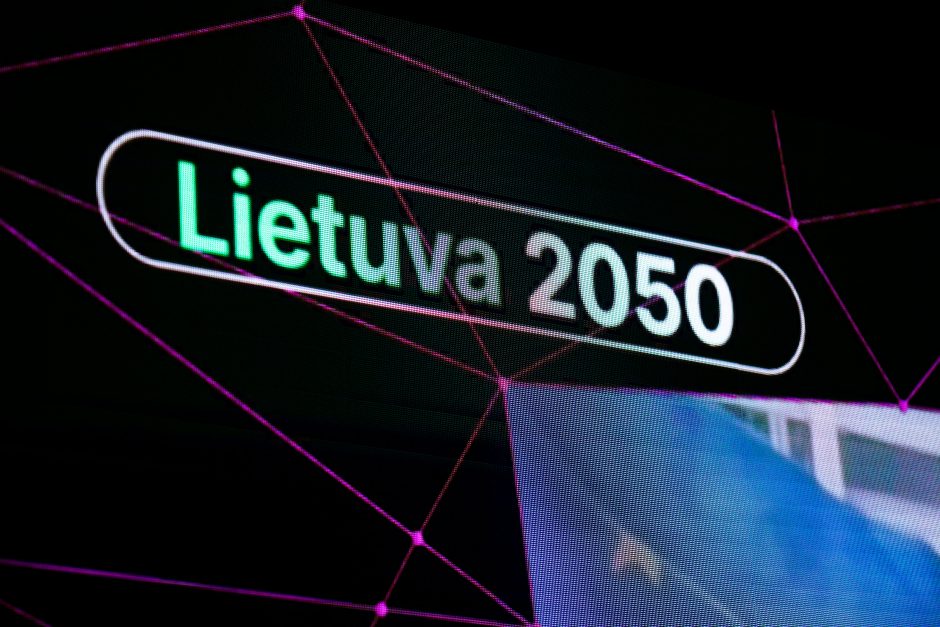The 8th ecoRIS3 interregional meeting, was held back-to-back with an ecoRIS3 regional stakeholder group and RIS3 revision meeting in Kajaani on the 2/10/2019. In Kainuu, the ecoRIS3 regional stakeholder group (RSG) has been linked with the RIS3 revision group from the start of the project, and has therefore been working in very close cooperation with the regional authority responsible for the RIS3 (Regional Council of Kainuu).
The timing of the meeting was influenced by the option to present in person and discuss the good practice that Kainuu is importing, namely the V-LINC cluster analysis methodology. V-LINC is a good practice of the ecoRIS3 project, accessible at https://www.interregeurope.eu/policylearning/good-practices/item/2618/v-linc-cluster-analysis-and-mapping/. V-LINC is an expert research group which informs and develops policy recommendations through mapping, visualizing and analyzing the strength of key relationships within cluster ecosystems.

The purpose of the RSG session was to review the state of play of the ecoRIS3 project and discuss in detail the issue of clustering as part of the RIS3 revision. The session was attended by 18 persons.
Dr John Hobbs presented an overview of the V-LINC methodology and good practice. "V-LINC is focused on mapping the linkages and relationships of firms within a cluster (or potential cluster) as well as analysing the development potential of new connections and how they can be formed into stronger value chains. The approach maps clusters based on discussions with clustered firms, and their linkages to other entities, such as businesses, higher education institutions, RTOs, business & cluster support companies and other key stakeholders."

Image: Dr John Hobbs who presented the V-LINC ecoRIS3 Good Practice to the ecoRIS3 regional stakeholder group and RIS3 revision meeting in Kajaani on the 2/10/2019
V-LINC is a network, mapping and impact assessment tool, based on a selective input-output exercise: the categories of mapping are pre-agreed with businesses, the geographic scope of application is defined and the impact/importance of each linkage on businesses is assessed -according to how it is perceived by each of the individual businesses interviewed. Besides being a mapping tool, V-LINC is also a planning & cluster management tool: it takes into account businesses’ interests about reaching new clients, identifies what and how many linkages are needed to reach the preferred clients, and allows for planning steps to access these clients.
The presentation & discussion that followed was very much appreciated by the RSG; it contributed to the decision to focus one part of the RIS3 revision on clustering and options for adopting the V-LINC methodology as part of the process.
The most important insights relate to the contents of the V-LINC approach, including: pre-agreeing categories of linkages for the cluster mapping; defining the geographic scope of application; assessing the impact of each linkage on businesses, as perceived by each one of the individual businesses.
V-LINC is used to:
- Measures global impact
- Measures levels of internationalization
- Develops targeted strategy and policy
- Focus on key industry sectors which have a concentration of employment/output
One of the elements of the presentation of Dr John Hobbs from the V-LINC Research Group in the Cork Institute of Technology was the focus on previous research that was conducted with the University of Oulu which looked at assessing the Pyhäjärvi Mining Services Cluster - in this example this work looked at developing a strategy for provision of supports to SMEs and Micro-enterprises in Pyhäjärvi to enable them to continue trading through cooperative sourcing of new markets and the development of a cluster organisation focused on export development.
Ninetta Chaniotou, Kkainuun Etu Ltd believes that the V-LINC:methodology can be "useful for understanding the needs of firms within a region and mapping and identifying of strengths, weaknesses and missing elements within our distributed value chains across the Kajanni region."
